
Landscape
Landscape can be described as ‘the visible features of an area of land, often considered in terms of their aesthetic appeal’. The term “landscape” comes from/derives from the Dutch word landschap, which originally meant “region, tract of land” but got the artistic connotation, “a picture depicting scenery on land” in the early 1500s. Landscape, like photography, is a relatively modern idea.
The meaning of landscape is the visible features of land, it’s landforms and how they integrate with natural or human made features.

16th Century
Landscape painting was only officially considered as an independent genre in the 16th century.
Landscape as an “independent genre did not emerge in the Western tradition and culture until the Renaissance in the 16th century”. Earlier work of Albrecht Altdorfer can be see during this period. –
Altdorfer’s piece, Landscape with footbridge (1517-1520), is attributed as the first pure landscape piece in oil, done in a style he developed from Cranach.” (16th Century (1501-1600)).

17th Century
Classical Landscapes emerged as a genre in the 17th century.
These landscapes were influenced by classical antiquity and sought to illustrate an ideal landscape recalling Arcadia, a legendary place in ancient Greece known for its quiet pastoral beauty.
Nicolas Poussin was a prominent Classical Landscape artist-“Poussin sketched in the Campagna, the countryside around Rome, and from the late 1630s began to paint landscapes. He brought a powerful discipline to the composition of his paintings, which enhanced the solemnity of their subjects.” (17th Century (1601-1700)).
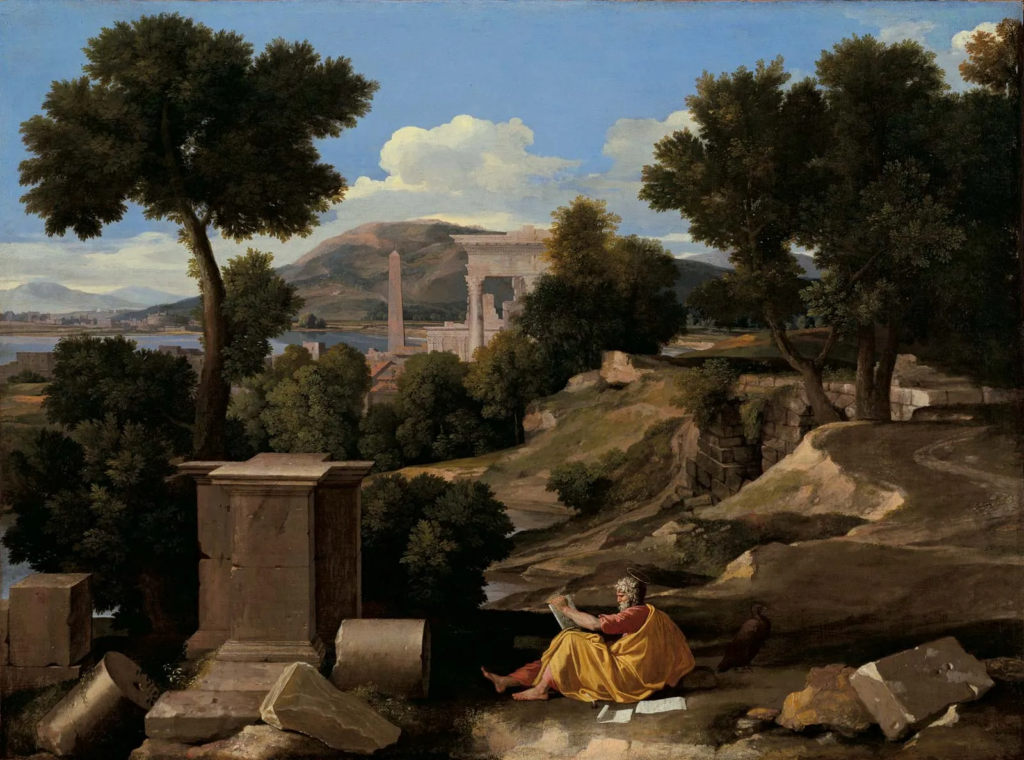
Late 18th/19th Century
Landscape paintings it eventually gained the prominence in the late 18th century with the rise of Romanticism. These artists sought to celebrate nature over industrialisation and emotion over reason. They often depicted landscapes to show an appreciation for natural landscapes, away from urban expansion and industrialisation.
Theodore Rosseau- “In the 1820s he began to paint out-of-doors directly from nature, a novel procedure at that time.” (19th Century (1801-1900)).
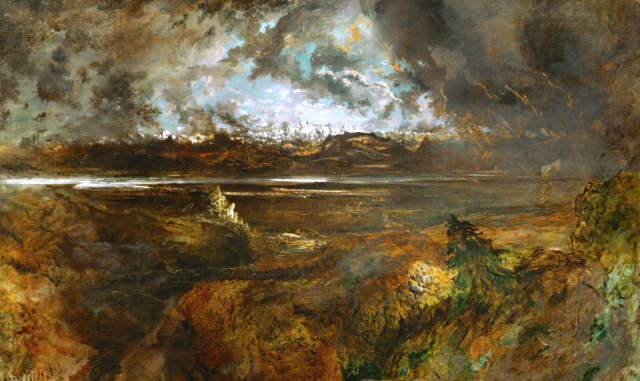
JMW Turner was an English Romantic landscape painter whose “expressionistic studies of light, colour and atmosphere where unmatched in their range and sublimity”.
JMV Turner’s became known as ‘the painter of light’, because of his increasing interest in brilliant colours as the main constituent in his landscapes and seascapes. His works including water colours, oils and engravings. JMV Turner was born near Covent Garden in London and entered the Royal Academy Schools in 1789.
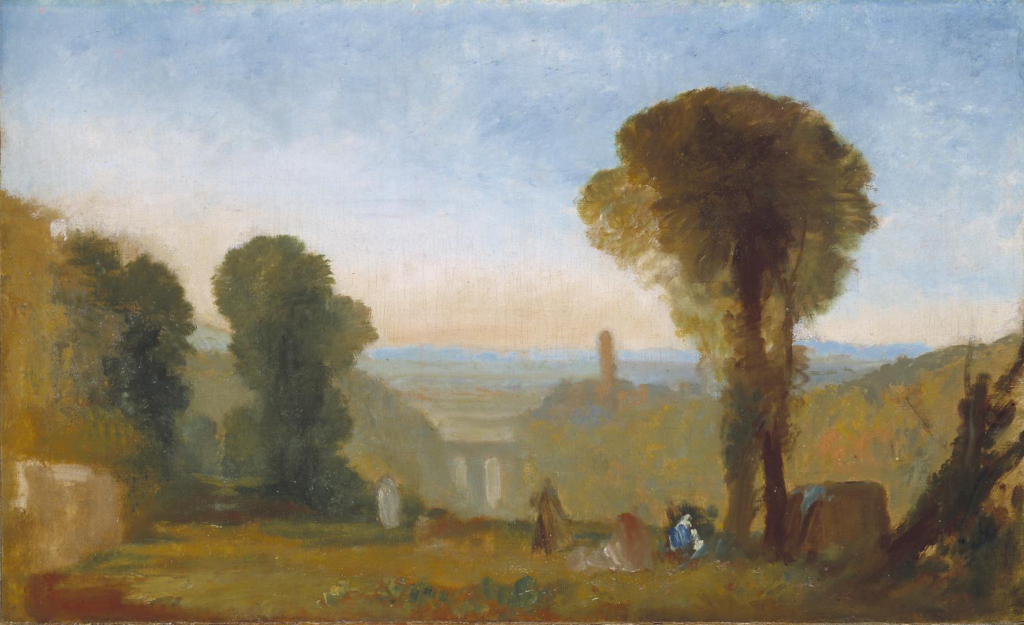
Photography
Though the earliest evidence of landscape photography was taken between the years 1826 and 1827, it was an urban landscape photo taken by a French inventor by the name Nicephore Niepce.
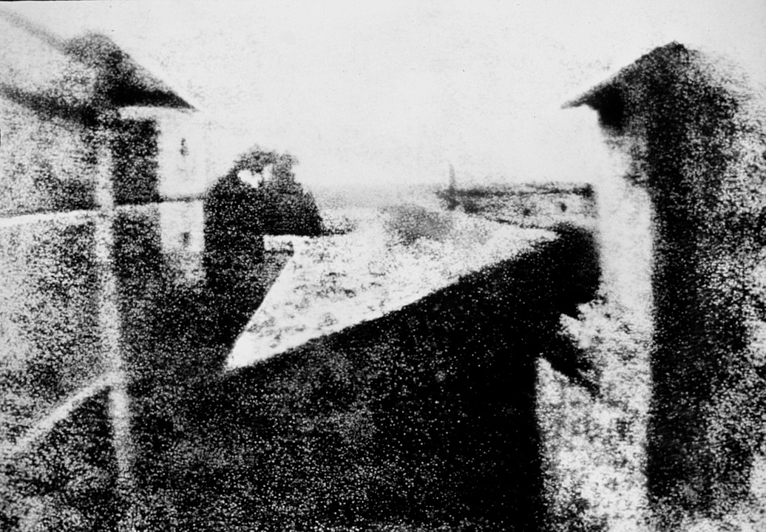
Around the mid nineteenth century, the invention of photography revealed that cultures were prepared to form knowledge, beliefs and fantasies through optical and reproducible images. During this time, industrialisation began a process of changing where people lived, according to how people worked.
Within such broad change, more specifically, economically advanced industrial nations, railways introduced unmatched speed of travel and early forms of international tourism developed. Images from distant places influenced how familiar places came to be depicted.
As processes of work and travel altered through modernisation/distance began to characterise human relations to place. Land became increasingly perceived as landscape, and landscape increasingly encountered as picture. Photographs became established amidst a variety of forms of landscape pictures.
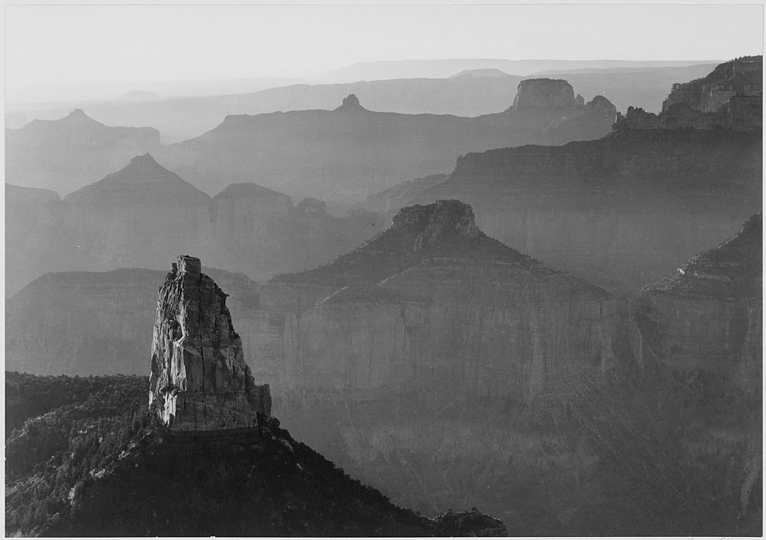
HDR in images:
These landscape images are enhanced with HDR (High-Dynamic-Range imaging) using a tripod to taken in a steady photograph and include many of the wonders presented on the image such as the the sunset the different autumn coloured trees, the pink toned and shadowed rocks to the reflected lake in the centre and general middle of the photograph.
The tripod holding the camera in place will ensure that the photographer will be able to use the lowest ISO and a proper aperture to capture everything you need presented in focus (The shutter speed doesn’t matter for HDR photos unless you want specifically to create a much longer exposure). The HDR setting is useful when you can have difficulty/trouble balancing a photo’s light.
It is obviously used to and designed to capture high-contrast scenes and bringing them to ours eyes more convincingly.

